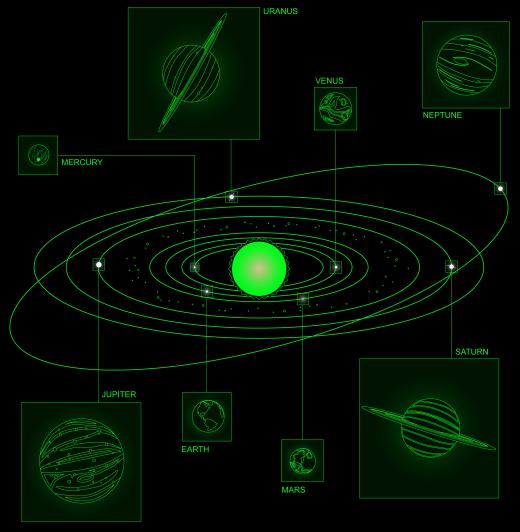What is an Elliptical Orbit?
 Jessica Ellis
Jessica Ellis
The term "elliptical orbit" is used in astrophysics and astronomy to describe an oval-shaped path of a celestial body. The Earth, as well as all the other planets in the Solar System, follow this type of orbit around the Sun. The shape is created by the varying pull of forces, such as gravity, on two objects, such as the Sun and a planet.
According to experts, there are four types of orbital paths a celestial body can follow. In a hyperbolic orbit, a body is pulled around another object, but retains enough energy to fling away from the object on a different path, making a “U” shape. A spiral impact orbit occurs when a body is pulled in an inescapable spiral toward an object with a greater pull until it collides with that object. Circular obits require a perfect balance of forces to allow a body to follow an exact circular path around another object. An elliptical orbit occurs when a circular orbit is disrupted by forces, such as the gravity of nearby objects, and follows a relatively stable, but not circular, path.

For thousands of years, scientists believed that the planets of the Solar System followed circular orbits with the Sun at the center. In the early 17th century, German astronomer Johannes Kepler determined that this was not the case. According to Kepler's work, the Earth and other planets have orbits that are elliptical, with the Sun serving as a focal point and not the exact center. Kepler's findings allowed for the development of accurate predictions of where each planet would be at any given time, greatly advancing scientific understanding of the Solar System.

Although variations in the pull of forces are needed to make a circular orbit elliptical, this amount can be extremely small. Earth is notable for having a nearly circular path, disrupted only by an incredibly small eccentricity. The exact elliptical path is known to vary over large periods of time, however, and in a period of about 100,000 years, the path will become more circular, then more oval. The orbital path is also affected by two other factors, called precession and tilt, which affect the alignment and position of the Earth's axis.
Celestial objects on an elliptical orbit, such as the Earth, move at different speeds at different points in their orbit. According to Kepler, an object with this type of orbit covers the same distance in the same time at any point in the orbit. Because of the oval shape, this means that the body must travel faster to cover the same amount of distance at certain points in the orbit. For instance, the Earth travels at a higher velocity when it is closer to the Sun, in January, than when it is farther away, in July.
AS FEATURED ON:
AS FEATURED ON:












Discuss this Article
Post your comments